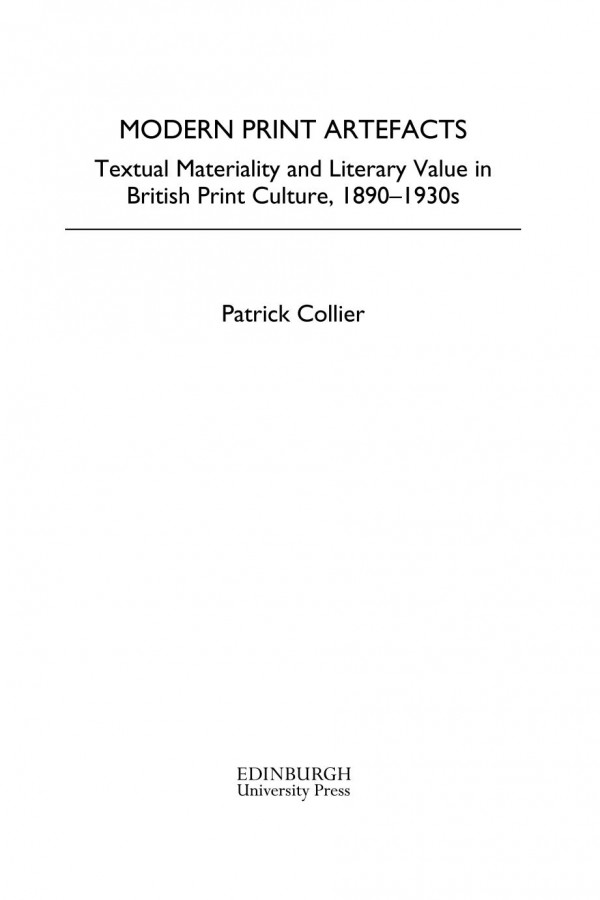

Most ebook files are in PDF format, so you can easily read them using various software such as Foxit Reader or directly on the Google Chrome browser.
Some ebook files are released by publishers in other formats such as .awz, .mobi, .epub, .fb2, etc. You may need to install specific software to read these formats on mobile/PC, such as Calibre.
Please read the tutorial at this link: https://ebookbell.com/faq
We offer FREE conversion to the popular formats you request; however, this may take some time. Therefore, right after payment, please email us, and we will try to provide the service as quickly as possible.
For some exceptional file formats or broken links (if any), please refrain from opening any disputes. Instead, email us first, and we will try to assist within a maximum of 6 hours.
EbookBell Team

0.0
0 reviewsThis study focuses on the close connections between literary value and the materiality of popular print artefacts in Britain from 1890-1930. The book demonstrates that the materiality of print objects—paper quality, typography, spatial layout, use of illustrations, etc.—became uniquely visible and significant in these years, as a result of a widely perceived crisis in literary valuation. In a set of case studies, it analyses the relations between literary value, meaning, and textual materiality in print artefacts such as newspapers, magazines, and book genres—artefacts that gave form to both literary works and the journalistic content (critical essays, book reviews, celebrity profiles, and advertising) through which conflicting conceptions of literature took shape. In the process, it corrects two available misperceptions about reading in the period: that books were the default mode of reading, and that experimental modernism was the sole literary aesthetic that could usefully represent modern life.